Stratigraphical Foreword V
Acknowledgments VI
Institutional Abbreviations VII
Abbreviations Used in figures IX
General Osteology 1
The classification of Snakes 6
Systematic Review 7
Order Serpentes LINNAEUS, 1758 7
Suborder Scolecophidia DUMÉRIL and BIBRON, 1844 8
Family ?Typhlopidae GRAY, 1825 9
Fossils Erroneously Assigned to the Scolecophidia 9
Suborder Alethinophidia NOPCSA, 1923a 10
Superfamily Simoliopheoidea NOPCSA, 1925 10
Family Lapparentopheidae HOFFSTETTER, 1968 11
Family Simoliopheidae NOPCSA,1925 11
Superfamily Anilioidea FITZINGER, 1826 11
Family Aniliidae FITZINGER, 1826 11
Snakes Erroneously Assigned to the Aniliidae 13
Family Uropeltidae MÜLLER, 1832 13
Superfamily Booidea GRAY, 1825 13
Family Dinilysiidae ROMER, 1956 13
Family Xenopeltidae BONAPARTE, 1845 15
Family Boidae GRAY, 1825 15
Subfamily Boinae GRAY, 1825 15
Subfamily Erycinae BONAPARTE, 1831 23
Snakes Referred with Doubt to the Erycinae 27
Snakes Erroneously Referred to the Erycinae 28
Subfamily Bolyeriinae HOFFSTETTER, 1946 28
Subfamily Tropidopheinae COPE, 1894 28
Subfamily Madtsoiinae HOFFSTETTER, 1961 30
Snakes Referred with Doubt to the Madtsoiinae 30
Boidae incertae sedis 30
Nomina dubia 32
Snake Referred with Doubt to the Boidae 33
Family Palaeopheidae LYDEKKER, 1888 33
Subfamily Palaeopheinae LYDEKKER, 1888 33
Nomina dubia 36
Subfamily Archaeopheinae JANENSCH, 1906 36
Superfamily Acrochordoidea BONAPARTE, 1838 38
Family Acrochordidae BONAPARTE, 1838 38
Family Nigeropheidae RAGE, 1975 39
Superfamily Colubroidea OPPEL, 1811 41
Family Anomalopheidae AUFFENBERG, 1959 41
Family Russellopheidae RAGE, 1978 42
Family Colubridae OPPEL, 1811 42
Colubrid Snakes Described as Extinct Species but Belonging to Living Forms 51
Nomina dubia 52
Family Elapidae BOIE, 1827 54
Snakes Erroneously Referred to the Elapidae 54
Family Viperidae OPPEL, 1811 54
Subfamily Viperinae OPPEL, 1811 55
Subfamily Crotalinae OPPEL, 1811 56
Crotaline Snakes Described as Extinct Forms but Belonging to Living Species 56
Nomina dubia 58
Alethinophidia incertae sedis 58
Serpentes incertae sedis 59
Nomina nuda 60
Fossils Doubtfully Referred to Snakes, here Considered as Nomina dubia 61
Fossils Sometimes Assigned to Snakes, here Referred to Sauria 62
Fossil Described as a Snake, but Assigned to Gastropoda (Mollusca) 63
Fossil Described as a Possible Snake but Referred to Plants 63
The Origin of Snakes 64
The Phylogeny of Snakes 66
1. The Initial Alethinophidian Dichotomy 66
2. The Anilioidea 66
3. The Booidea 68
4. The Acrochordoidea 71
5. The Colubroidea 73
6. The Simoliopheoidea 74
Bibliography 75
Index generum 79
HPH 11 • Serpentes
1984. [Englisch] – X, 80 Seiten, 37 Abbildungen.
25,5 x 20,5 cm, Paperback.
Reihe: Handbook of Paleoherpetology
50,00 €
zzgl. Versandkosten / Versandkostenfrei in D
General Osteology
The Skull
An important part of the chondrocranium remains unossified, especially the nasal capsules and the anterior part of the orbito-temporal region. In the latter region, only the trabeculae remain. In snakes the skull is platytrabic (more exactly semi-platytrabic), whereas in all the other modern Reptiles it is tropitrabic. In the semi-platytrabic condition the trabeculae remain separate in the orbital region (as in the platytrabic condition) but both are very close to the midline and they are fused at their anterior tips. This condition is modified in the Scolecophidia which have a trabecula communis between the orbits, this is explained as the result of telescoping of the nasal and orbital regions. However, McDOWELL (1967) suggested that this is not a modified semi-platytrabic condition, but that the Scolecophidia are actually tropitrabic. There is no typical interorbital septum in snakes (even in the Scolecophidia which have a trabecula communis); but, in some Colubridae, a septum rising from the parasphenoid is located between the lower parts of the orbits.
Snakes have lost the epipterygoid, the lacrimal, the quadratojugal and the squamosal. Only Dinilysia retains a jugal. Downgrowths of dermal bones (frontals and parietal) compensate for the lack of endochondral bone in the orbito-temporal region; these downgrowths meet the parabasisphenoid, thus the brain is enclosed by a bony braincase. There is no pineal foramen. The floor of the braincase is formed by a bone (the parabasisphenoid) which results of the fusion of a dermal bone (the parasphenoid) and an endochondral bone (the basisphenoid). The posterior braincase includes one supraoccipital (paired in some Scolecophidia), two exoccipitals (and fused opisthotics), two prootics and one basioccipital. Except in some living Colubridae (Heterodon, Phyllor hynchus) the exoccipitals meet above the foramen magnum, excluding the supraoccipital from the margin of this foramen. There is a single occipital condyle formed by processes of the exoccipitals and the basioccipital.
The middle ear is absent. The fenestra ovalis and the fenestra rotunda open into a more or less deep fossa: the juxtastapedial fossa. The lateral opening of this fossa is more or less constricted by a bony rim: the cr ista circumfenestralis. The medial end of the stapes forms a discoidal footplate that is inserted into the fenestra ovalis. The lateral end of the stapes is attached to the quadrate.
The postorbital bones are sometimes lacking, chiefly in the fossorial snakes; in nearly all the Boidae the postorbitals reach the ectopterygoid. According to RIEPPEL (1977) the postfrontals are fused to the parietal in the Aniliidae, Uropeltidae and Xenopeltidae; the postfrontals are present and not fused to the parietal in Dinilysia. The other snakes lack the postfrontals. In the Pythonini, Calabariinae and Loxocemus a small bone lies dorsal to the orbit; it has often been regarded as a postfrontal, but RIEPPEL (1977) believes that it is a neomorphic supraorbital.
The temporal arches are absent. The quadrate is streptostylic; its dorsal end only is attached to the bony braincase, the ventral end has a ligamentous connection with the palato-maxillary arch. The upper jaws (= palatomaxillary arches) are loosely attached to the braincase, they are often very mobile. The palato-maxillary arches are each composed of a lateral ramus and a medial ramus. The latter includes a pterygoid and a palatine; the lateralramus is composed of an ectopterygoid and a maxilla. The maxilla does not extend dorsally and does not reach the nasal. In the most primitive snakes only, the maxillae are firmly joined with the premaxilla. The premaxilla is always unpaired. The prefontal forms a connecting link between the maxilla and the braincase.
The complete bony enclosure of the brain cavity has led to the loss of the metakinetic hinge known in the lizards. But a compensatory flexion is possible: there is some kinesis between frontals and parietal (mesokinetic skull) in Scolecophidia (at least in the Typhlopidae; McDOWELL, 1974) and a movable joint is formed between the snout complex and the frontals (prokinetic skull) in Alethinophidia. The snout complex includes one premaxilla, two nasals, two septomaxillae and two vomers. The Jacobson's organ is housed in a bony capsule composed of the septomaxillae and vomers. A movable joint is often formed between the premaxilla and the other bones of the snout complex. …
Sie müssen angemeldet sein, um eine Rezension veröffentlichen zu können.
„*“ zeigt erforderliche Felder an
Ähnliche Produkte
-
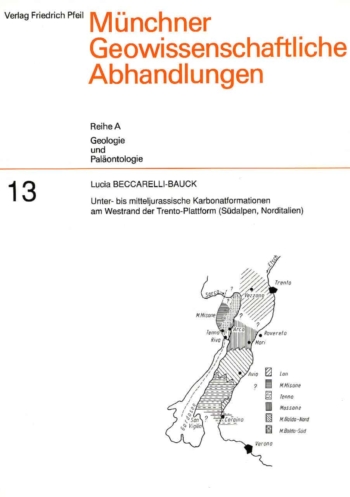
Unter- bis mitteljurassische Karbonatformationen am Westrand der Trento-Plattform (Südalpen, Norditalien)
30,00 €zzgl. Versandkosten / Versandkostenfrei in D
-
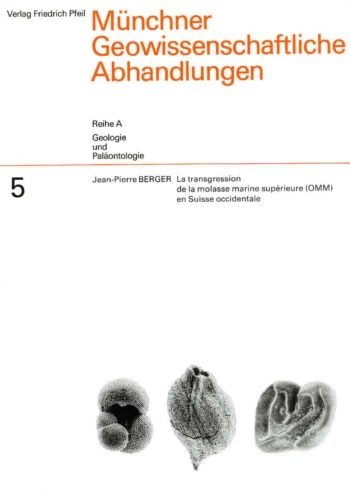
La Transgression de la Molasse Marine superieure (OMM) en Suisse occidentale
45,00 €zzgl. Versandkosten / Versandkostenfrei in D
-
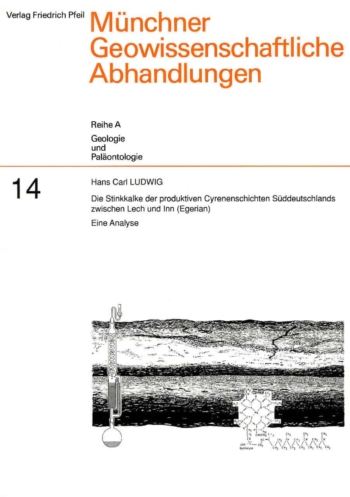
Die Stinkkalke der produktiven Cyrenenschichten Süddeutschlands zwischen Lech und Inn (Egerian)
30,00 €zzgl. Versandkosten / Versandkostenfrei in D
Wir sind gerne für Sie da
Verlag Dr. Friedrich Pfeil
Hauptstraße 12B
5232 Bergkirchen OT Günding – Germany
Tel.: +49 8131 61 46 590
Fax: +49 8131 61 46 591
E-Mail: info@pfeil-verlag.de
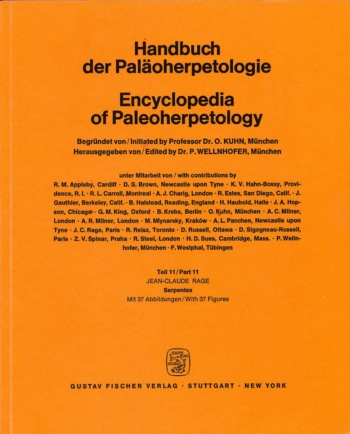
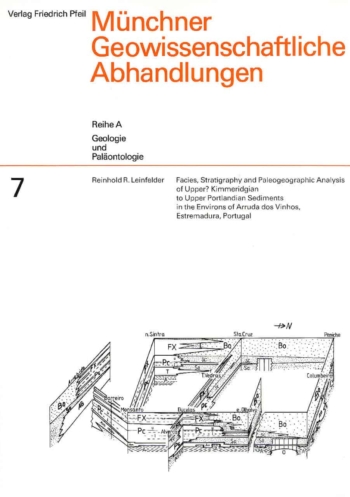
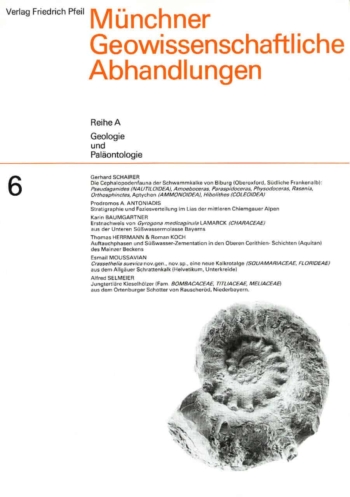
Rezensionen
Es gibt noch keine Rezensionen.